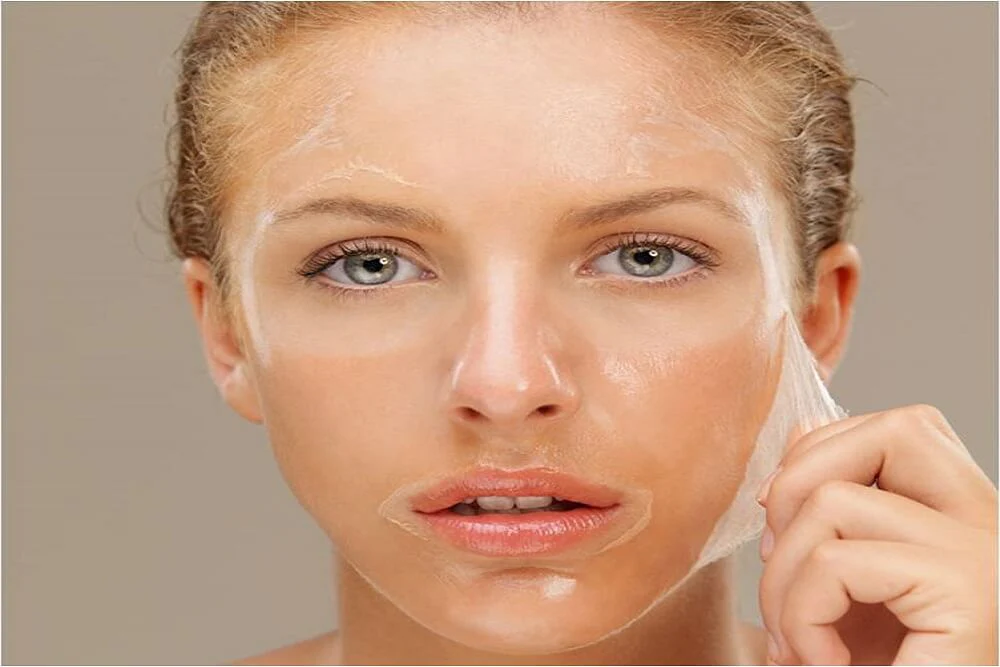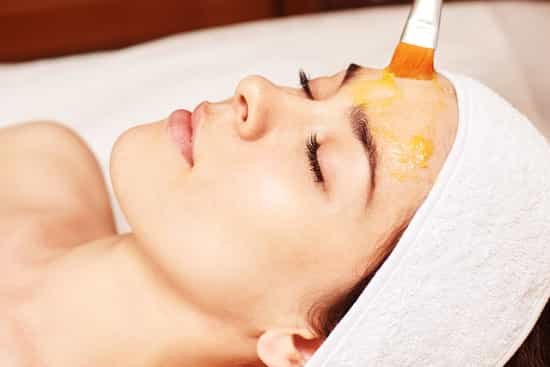
Chemical peels are the most famous cosmetic treatments after dermal fillers and Botox. These procedures have many pros, including skin tone brightening while improving its texture. These peels are a customizable technique for tackling various skin conditions, including age spots and acne scars.
During the treatment, a chemical solution will be applied to your neck, hands, or face. This will force your skin to exfoliate before it starts to peel. After this happens, you’ll be left with newer, smoother skin with less damage and wrinkles. Cosmetic peels are grouped into the following categories.
Lunchtime or Superficial Peels

These chemical peels are exceptional for individuals who crave a fast skin refresh but have a very tight schedule. Unlike the other types of cosmetic peels, superficial peels can exfoliate your upper skin layer without affecting your busy life. You may experience slight swelling and redness, which will disappear after a week.
For better results, you may require six treatments to stimulate elastin and collagen production. This will leave you with a youthful and smoother complexion with fewer imperfections. The best examples of lunchtime peels are:
Glycolic Acid Peel
Glycolic acid is a mild cosmetic peeling agent that serves as an exceptional skin exfoliator. That’s because this non-irritating agent comprises minute molecules that can penetrate various skin types. Glycolic acid is a common solution for lunchtime peels, but some skin experts like Dr Sidhu can use a higher concentration of glycolic for deeper peels.
Salicylic Acid Peel
This agent attaches itself to your natural oils and penetrates deeper than glycolic acid. Its capabilities make it perfect for people with acne-prone and oily skin.
Medium Chemical Peels

Unlike lunchtime cosmetic peels, this category uses more potent agents that can penetrate deeper into your skin layers. These agents target your skin’s middle layers and effectively tackle issues like skin discoloration, wrinkles, and fine lines. Medium chemical peels require more downtime than lunchtime peels; plus, the results are way more pronounced. Some of the most common medium peels include:
Jessner’s Solution Chemical Peels
This solution is composed of resorcinol, lactic acid, and salicylic acid. Depending on the concentration of these acids, this solution can be used as a medium or light peeling agent.
Trichloroacetic Acid Peel (TCA)
TCA is ideal for people with dark skin tones. This agent tackles various issues, including pigmentation, deep wrinkles, and moderate acne scars.
Deep Chemical Peels

Unlike other cosmetic peel categories, deep peels use phenol (carbolic acid) to penetrate all your skin layers. Carbolic acid can treat severe atrophic scars while providing you with visible anti-aging effects. The effects of a single treatment can last for several years. Unfortunately, the recovery time can also extend to a couple of months. Some of the best deep peels include the following:
Medipeel
The chemicals used in Medipeel are administered by an experienced doctor. They’re designed for skin rejuvenation. As these chemicals penetrate your skin, they will treat several problems, including enlarged skin pores and uneven skin tone.
Phenol Chemical Peel
Since it’s the deepest of all cosmetic peel solutions, it will require local anesthesia and sedation. Some of its side effects include blistering, peeling, swelling, and some redness. Aftercare includes applying ointment, wearing bandages, and taking some antiviral drugs. Fortunately, the results of this treatment are quite impressive as it clears all skin imperfections, leaving your skin looking younger.
Endnote
There is no universal chemical peel, so varying skin types will require a different approach. For instance, people with darker skin tones should avoid phenol peels as they can lighten their skins permanently. Instead, they should go for medium peels using weaker TCA, mandelic acid or glycolic acid. For better results, you should consult an experienced professional who has gone to medical school.
